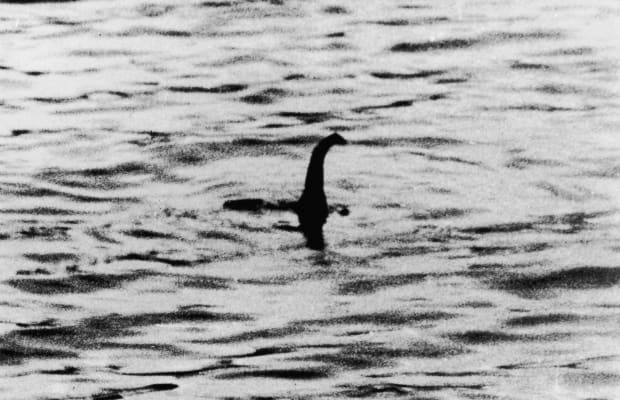The Loch Ness Plesiosaur?
Among folk lore, the Loch Ness monster is among the most famous and arguably has the most evidence for its existence. The creature, known as Nessie, bears quite a resemblance to plesiosaurus, a breed of dinosaur once found throughout the European seas. They are believed to have gone extinct 66 million years ago. Chelsea Verheyen, a strong supporter of Nessie conspiracies, agrees that “she [Nessie] is definitely an aquatic dinosaur.”
Whether Nessie is a descendant of a plesiosaur or a close relative to the breed, the legend may be the first evidence that not all dinosaurs went extinct. Some may be living in small, condensed populations, hiding from humans. In fact, the Nessie we know today may not be the same Nessie as was first discovered. Plesiosaurs give birth in smaller, enclosed bodies of water, like Loch Ness, then move to larger bodies as adults, so sightings of Nessie may occur when the young plesiosaurs are near adult size but have yet to move to the North Sea. Loch Ness is one of the largest European seas, with undiscovered caves at the bottom: perfect for birthing plesiosaurs.
Although it is unlikely to find dinosaur populations hidden on land, most of the ocean and its inhabitants are undiscovered. Close relatives of dinosaurs, like crocodiles, live today, so it is feasible for the Loch Ness monster to be one such descendant. Verheyen compares Nessie to lizards. She asks, “What is a dinosaur, technically?” Maybe dinosaur survival is more common than thought. The ocean may have provided refuge and secrecy for marine reptiles like plesiosaurs.
If the Loch Ness monster truly exists, other dinosaurs most certainly exist in deeper bodies of water and the existence of one may be proof of the other.






